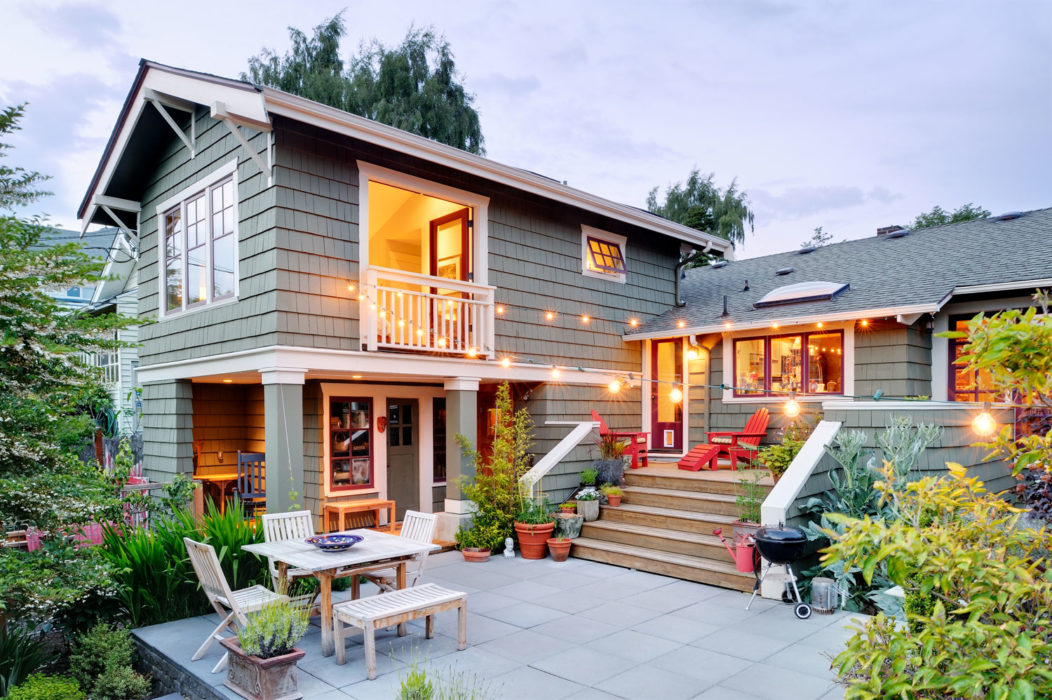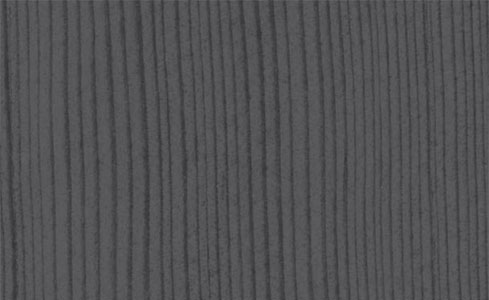
The City of Seattle wants you to builds an ADU!
This week marks a big change in how Seattle allows backyard cottages, also known as Mother-in-Law units or Granny Suites. The names for these Accessory Dwelling Units (ADUs) are Attached Accessory Dwelling Unit (AADU) for apartments either inside or attached to the primary house on a residential lot, or Detached Accessory Dwelling Unit (DADU) for separate structures. Seattle has allowed these secondary dwelling units in our residential neighborhoods for many years, but in an effort to increase housing options, has loosened the regulations affecting their design. As of August 8th 2019, these updated regulations are now in effect! In fact, now just about every single family lot can have TWO accessory dwelling units!
We’re getting lots of calls from home owners who are curious and a little confused about what they can or cannot build within these new rules. This blog will outline the new DADU and AADU regulations, and give a primer on how to think about getting started on your own DADU or AADU project!
To start with, if you’re not familiar with zoning lingo, you may not know that your lot falls into a zone category that dictates the type of building allowed on it. If your lot has a single house on it, and maybe a separate garage (or not), it’s most likely your zoning type is Single Family 5000 (SF5000) or similar. That means one house on each lot, and includes a set of restrictions like maximum lot coverage (35%+/- ), required setbacks, maximum height allowed, one parking spot required in limited areas on the lot, etc. I’m going to limit this discussion to SF lots, since most of our residential work is within this zoning category.
Here are the new regulations:
- In SF5000, SF7200, and SF9600 zones, up to two ADUs may be constructed. This can be either two AADUs (Attached ADU) or one AADU and one DADU (detached).
- The minimum lot size required for a DADU is 3,200 square feet in single-family zones, and 25ft of lot width.
- Each AADU or DADU can be no larger than 1,000sf of living space. You can build an additional 40 sf of unheated space for bike storage. If your DADU includes a garage, the garage sq footage is not included in the 1,000sf maximum calculation.
- Maximum height limit for a DADU ranges between 14 to 18ft, depending on your lot width, plus additional height for a sloped roof.
- Parking is not required for ADUs. However, you cannot remove existing required off-street parking space(s) unless replaced elsewhere on the property in a location that is allowed under the code. Every single family lot is required to maintain 1 legally sited parking spot (if there is an existing spot on that property).
- The property owner is not required to live on the property where an ADU(s) is located.
- The D/ADU must meet current standards of the Seattle residential, building, mechanical, electrical, energy, land use, environmentally critical areas, and shorelines codes
Other things to think about that have not changed, but impact your planning for a D/ADU:
- Maximum lot coverage remains at 35% of the lot size. If you have a back yard alley, you can include ½ the width of that alley for your overall lot size in your lot coverage calculations!
- Setback requirements remain the same. These vary depending on your lot size and configuration, but know that a DADU can be built in your rear yard setback, and again, if you back on to an alley, the centerline of the alley may allow you a little more room. Instead of only allowing 40% of your required rear yard (setback) to be covered with accessory structures (ie garage and/or DADU), you can now cover up to 60% of a required rear yard with your accessory structure.
- COST of an ADU: it’s expensive! This is often the show-stopper. New construction costs about $300/sf or more, which means it’s pretty hard to build a new DADU for under $300k. Of course the cost will vary depending on the structure’s size, challenging site work, and type of contractor you work with. Attached ADU’s within an existing house (ie converting a basement into an apartment) will generally be far less costly than a Detached ADU.
This is a lot of information, but overall, the new rules are much less restrictive and will certainly enable more and bigger ADUs to be built. ADUs are a pretty great idea; we have clients who build them for older parents to be able to live in close proximity to the younger family with grandchildren, or for visiting family and then rent the space on AirBnB when vacant, or for long-term rental enabling a cash stream – helping with mortgage payments!
Feel free to call us any time for more information if you’re considering building a second (or third!) dwelling unit on your property. We’ve designed and built many of these structures, so can give you quick and reliable feedback on your particular situation.
Categories:
Categories:
Tags:
Tags:

